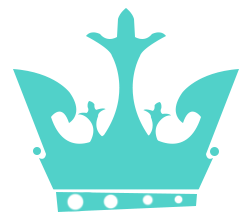Oil Painting vs Watercolors: Which Is Best For You?
Disclosure: This article may contain affiliate links. That means if you buy something we get a small commission at no extra cost to you.

Have you decided to start a new painting? Are you struggling to choose between watercolors and oil paints?
Well, you’re definitely not alone. Most beginners struggle to decide between one of the two.
Many people HIGHLY recommend starting with watercolors. But is it really the best way to start painting?
I’ve provided a detailed comparison of oil paints AND watercolors in this post. You can easily compare both of them, and choose which one best suits your tastes.
Using this guide you’ll also find out exactly how to start with the medium of your choice. It ALSO covers any questions you may have on the subject.
So, without further ado, let’s get started!
What is Oil Painting?
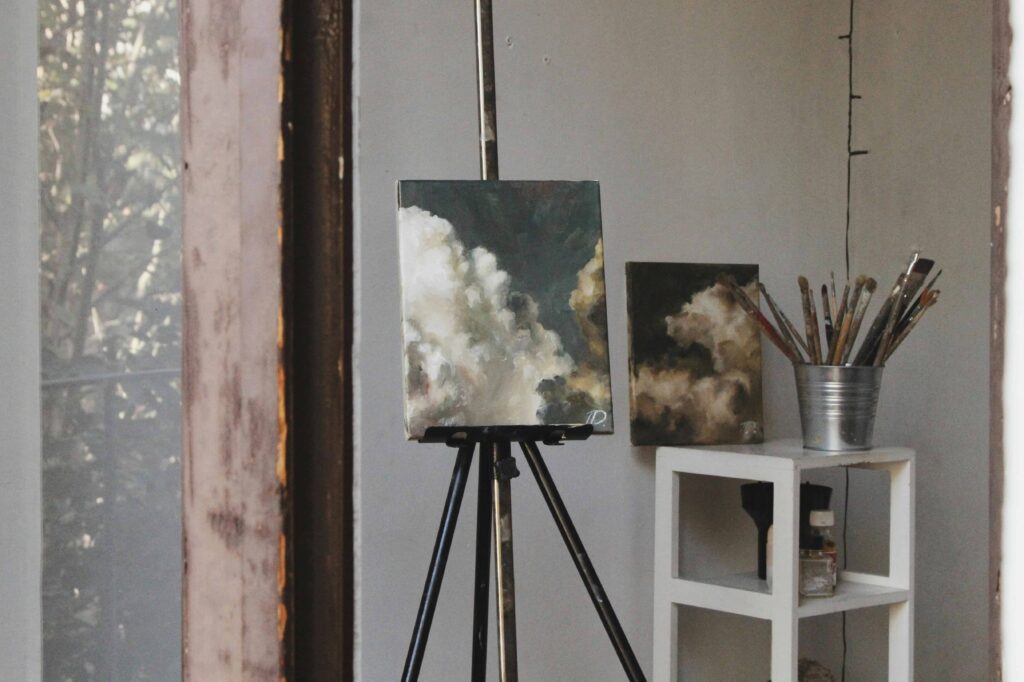
Before we dive into the comparisons of both mediums, let’s briefly go over what oil paints really are.
For starters, oil paints are an oil-based medium. Pretty obvious, right?
Since, the medium is super different from normal paints like watercolors, poster colors, and even gouache, the tools and methods used to paint are quite unusual.
Oil paintings are beautiful and especially vibrant, but they require hours and hours of effort and patience.
The process involves quite a lot of layering techniques that takes a while to get used to.
What Are Watercolors?
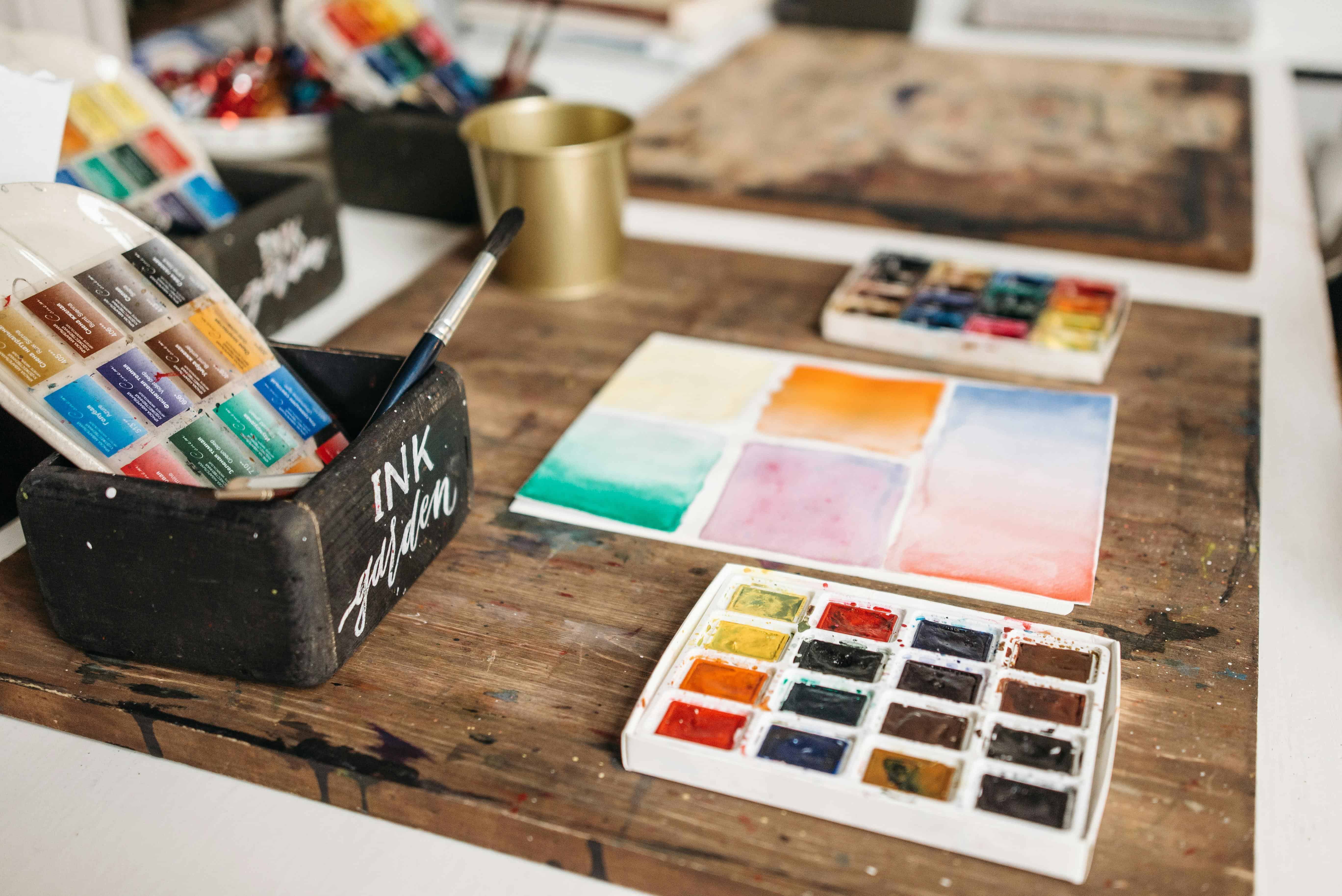
I probably don’t need to explain what watercolors are to you. It’s quite obvious from the name itself.
These paints are water-based (shocking, I know) and are fairly easy to start off with. They are the preferred to start off with painting.
However, watercolors are REALLY deceptive. It’s super easy to start painting with them, but the difficulty level ramps up fast.
It’s also hard to get amazing paintings using watercolors as every mistake is very visible.
Basically, watercolors is an easy technique that requires a LOT of practice to master.
Watercolor vs. Oil Painting: Comparison
Now, that you have a basic idea of what the two mediums are, let’s start comparing them, so you can find out the best one for you.
Remember that both have their own advantages and disadvantages, and you should choose one which suits you the best.
Let’s get started.
Types of Medium
The medium refers to the mixture of the paints.
As you already know, oil paints are oil-based and watercolors are water-based.
But, how does that affect you and your painting?
While using watercolors, you use water to dilute the paint and make it more transparent. In, oil paints, it’s the exact opposite.
You use oil to dilute the oil paints.
The oil used to dilute the paint is usually turpentine oil. You can also use another oil if you prefer, such as linseed oil or mineral spirits.
TIP: You CAN’T use water to dilute oil paints. Don’t try it as it simply won’t work. The ONLY way is to use an oil solvent.
Oils are also used to clean your brushes while painting with oil paints.
Although you can clean water-based paints like watercolors, poster paints, and gouache with water, you need to do the exact reverse with oil paints.
You need to use an oil solvent like turpentine oil or linseed oil to clean your brushes.
Thus, the tools required depend quite a bit on the type of medium you’re using.
Materials Required
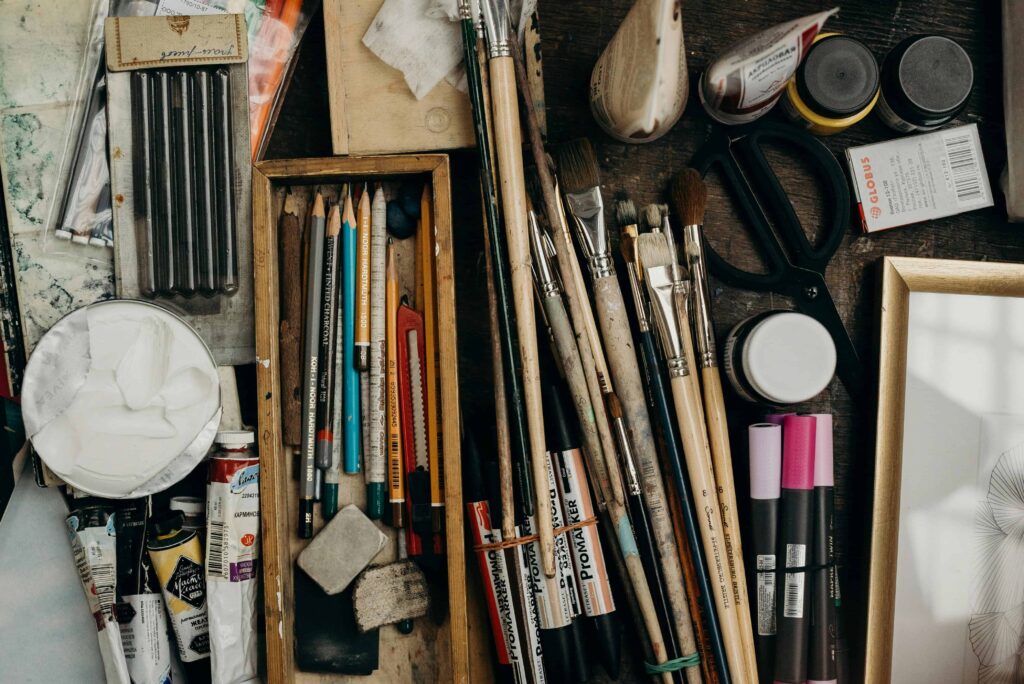
For Watercolors
Watercolors typically require a brush set, a palette (to mix the paints in), a water container, and some additional tools like a pencil and eraser (to draw).
You’ll obviously also need some watercolor paints to paint, as well as a sketchbook to paint in.
Winsor and Newton’s paints are the best watercolors to start with for beginners. They come in a set and even have a mini palette attached!
TIP: The type of paper you use for watercolors is really important. If you don’t use watercolor paper, then your drawings will warp and even tear.
To know exactly which paper is best for watercolors you can check out this post here.
For watercolor brushes, you can start off with any synthetic brushes. I find them much more durable than animal hair brushes and they are great for beginners.
If you want a premium set of watercolor brushes, then I HIGHLY recommend getting a Princeton brush set. They are slightly expensive, but you wouldn’t regret as they are simply amazing.
For Oil Paints
Oil paintings require:
- Oil paints (duh)
- Brushes
- A canvas (to paint on)
- Turpentine oil (or any other oil solvent)
- A glass palette
- A palette knife
- An easel (if you’re totally committed)
- Drawing pencils
Those are a lot of materials for just one painting, aren’t they?
Oil painting is a much more complicated process, and is hard to paint on the go as well.
Although you can easily get by with using minimal equipment for watercolors, that’s not the case with oil paints.
You need brushes or a palette knife to paint with, a glass palette (NOT normal plastic ones), an oil solvent (preferably a non-toxic one) as well as an easel and a canvas to paint on.
TIP: If you want to invest in an easel, I HIGHLY recommend going for this option. It’s completely adjustable and works for all canvas sizes too! (It’s also my favorite 🙂 )
With all these additional items, it makes sense for beginners to go for watercolors instead. It’s definitely the more affordable option.
Painting Surface
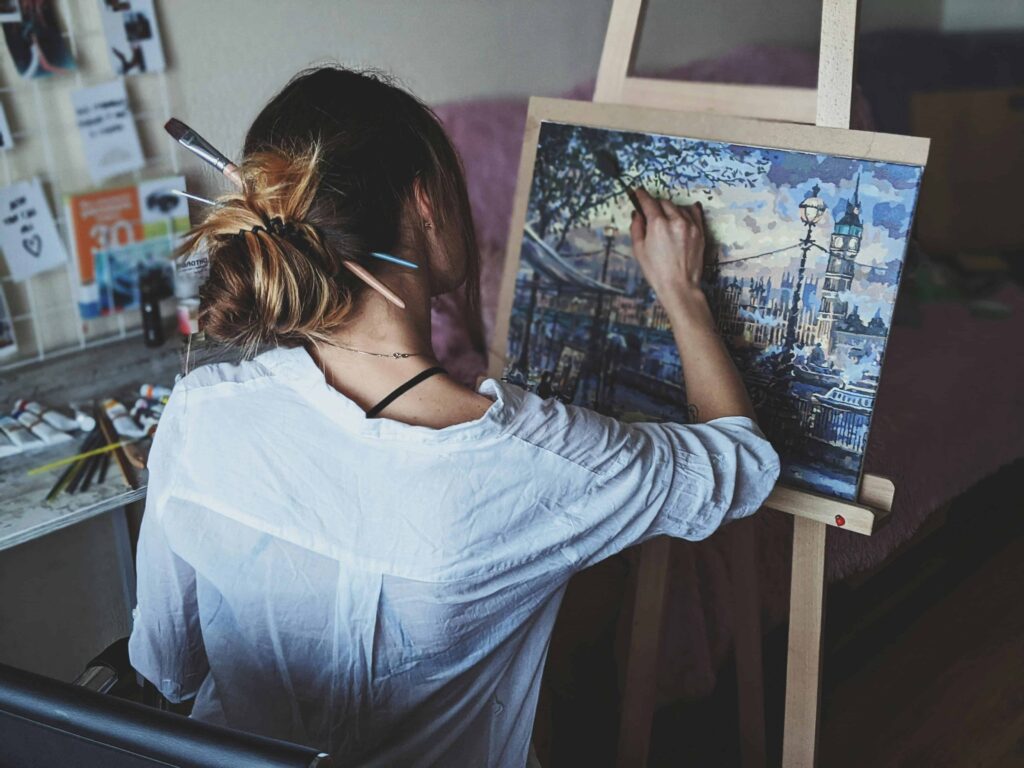
For watercolors, you need a really good quality paper.
If you use normal printer paper, or even cheap paper found in stationery stores, there’s a high chance the paper will either warp or worse, tear completely.
The paper needs to be thick enough to handle all the water, so you definitely need special watercolor paper.
This type of paper is generally cold-pressed with 200-300 gsm.
TIP: Cold-pressed basically represents the texture of the paper. It is quite smooth but still has some grain to allow the paper to absorb the water well.
If you want to know more about the perfect type of sketchbook you need for watercolors, then you can check out this in-depth guide. It will also tell you about all the tools you need to make a wonderful watercolor painting.
Now let’s move on to oil paintings.
Simply put, you will need a canvas for oil paintings. It’s the BEST way to paint and will end up looking great too.
You can go for any canvas you want. I personally recommend going for a stretched canvas instead of a normal canvas board, simply because they are much more durable.
However, if you simply hate the idea of painting on a canvas, then you can go for normal paper too.
Just remember to use a really thick paper, around 300 gsm.
You will also NEED to prime it with gesso, so the surface doesn’t get spoiled.
Painting Techniques
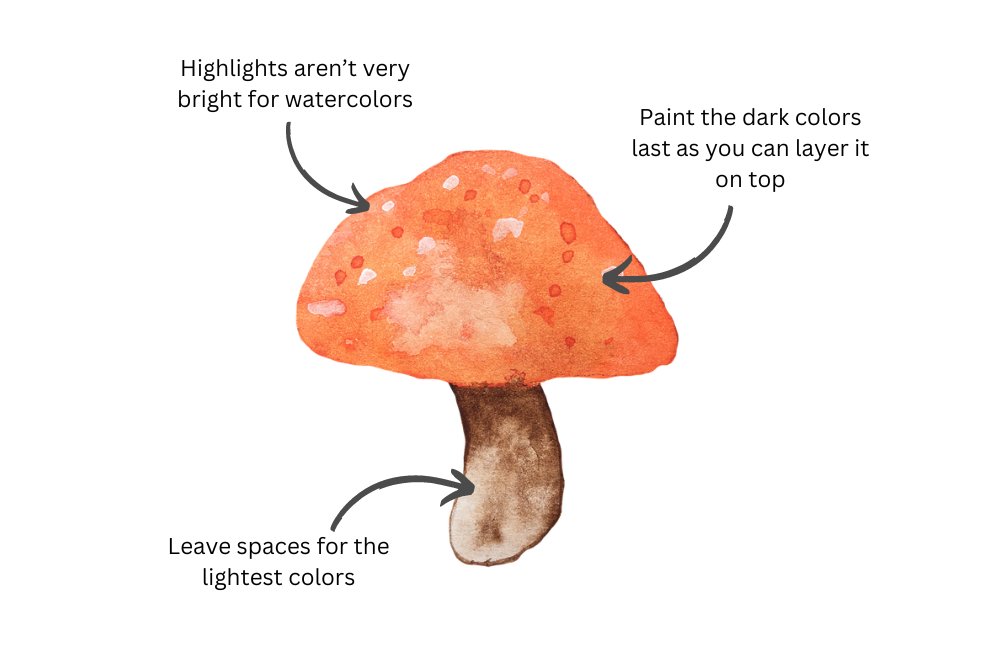
The techniques used for watercolors and oil paints are vastly different.
In watercolors, you need to slowly build up the colors, by starting with the lightest colors and then ending with the darkest colors. Thus you need to be aware of where you’re going to place your highlights in the painting.
However, it’s the exact opposite when you’re working with oil paints. You need to start with all the darker colors first and then end with your highlights.
This is mainly because oil paints are MUCH more opaque than watercolors. This makes it easy to hide your mistakes in oil paints as you can paint any color over it.
But, you can’t do the same in watercolors.
The transparency level is high for watercolors and no matter what you do, you won’t be able to cover up a darker color with a lighter color.
This is exactly why it’s super easy to make mistakes while painting with watercolors.
Blending and Layering
It’s fairly easy to blend watercolors, but they do tend to dry up fast, so you will have to work quickly to get your desired shade.
While layering is also easy as well is preferred in watercolors, you’ll have to be careful to avoid going overboard with it. Depending on your paper, there is a possibility of it tearing after several layers of watercolor.
Again, it’s the complete opposite in oil paints. You can layer paint after paint with absolutely NO fear of it tearing or spoiling the painting in any way.
In fact, it’s important to do several layers to get the beautifully complex feel of an oil painting.
But, there is an important rule you need to keep in mind.
The Rule of Oil Paints
Layering the paints in an organized manner is a vital aspect of oil painting. This is because oil paints take an incredibly long time to dry.
If your initial layers of paint aren’t dry, then you can’t paint over it.
Also, if your layers at the bottom are wet and you accidentally apply a thin layer of paint over them, then the paint on top will dry faster than the one on the bottom, causing cracks to appear in your painting.
Scary, isn’t it?
But, don’t worry. There’s a simple solution to this.
Remember the turpentine oil from earlier? It’s not only used for cleaning the brush. Turpentine oil is the only way you can thin a paint.
Just like how water makes watercolors more transparent, the same is true for turpentine oil (or any other oil solvent for that matter) for oil paints.
Therefore, to create a good oil painting, you NEED to mix the turpentine oil with the oil paints in a proper ratio, depending on the layer.
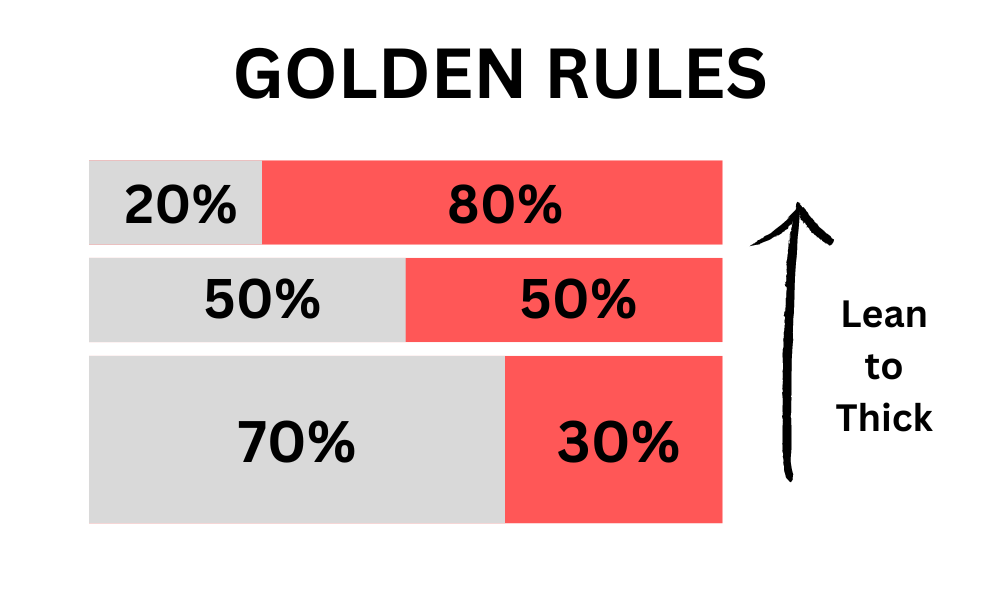
Here is the golden rule of thumb to apply while painting:
- 70% turpentine oil with 30% paint – (for the initial 3 layers)
- 40% turpentine oil with 60% paint – (for the next 2-4 layers)
- 10% turpentine oil with 90% paint – (for the last few layers)
This way, the initial layers will be quite thin, allowing them to dry faster. The topmost layers will be heavier, which will give a wonderfully vibrant feel to the painting.
Using this formula will allow you to create amazing paints from scratch. While it looks a little complicated, it’s actually pretty straightforward, and it’ll become second nature once you practice it.
TIP: Remember to ALWAYS prime the canvas with gesso first before starting, so that the canvas below doesn’t get spoilt.
Purpose
Now, that you’re familiar with both the different mediums, you may be wondering. What can you actually use them for?
Watercolors are absolutely beautiful for painting nature, such as flowers, landscapes, insects, etc. It’s also a brilliant choice if you want to paint cityscapes fast.
Personally, I love using them to paint while traveling as they are quite portable and give an added effect to my drawings.
TIP: Since it’s hard to travel with a water container, you can use water brush pens.
All you need to do with a water brush pen, is to fill the water in the pen in advance and then just squeeze the brush to push out the water when you need it.
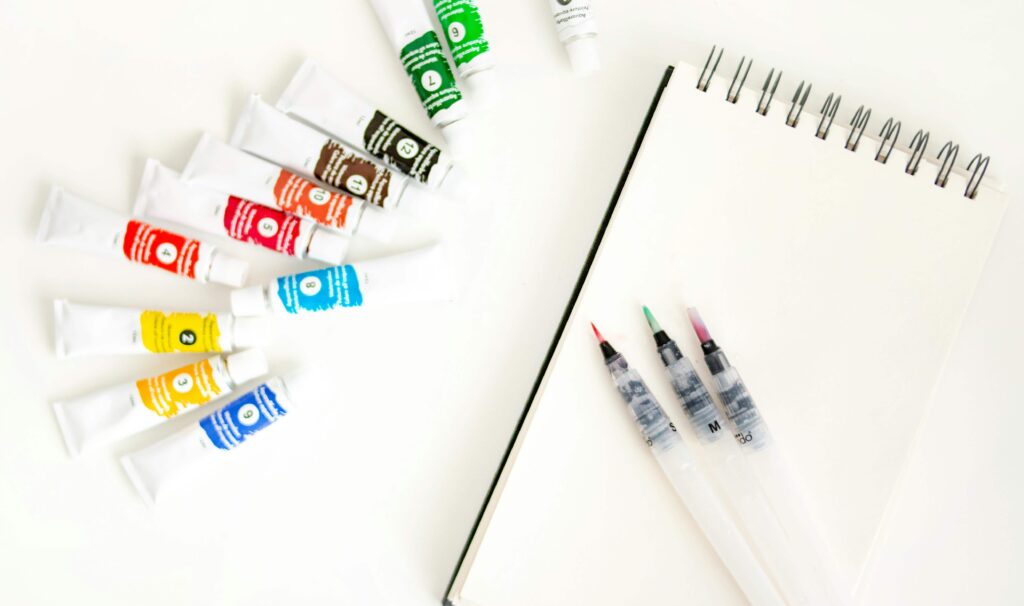
It’s super easy to use and I absolutely LOVE it.
Oil paints are amazing for detailed and intricate work. I especially love using them for portraits and landscapes. However, you can use them for anything really.
While watercolors can also be used for any type of painting, they are excellent for simplicity. You can’t get the level of detail you may get from oil paints.
Thus, it’s best to use oil paints for all your complex paintings, and ones that you REALLY want to spend tons of time on.
For quick and easy paintings, I suggest you use watercolors.
Painting Time
You may have already figured it out by now, but oil paintings take a TON of time to complete.
For oil paintings, you need to layer quite a bit. And depending on the thickness of the paint, each layer will take 2-5 days to fully dry.
Thus, with several layers of paint on top of each other, the whole painting will take at least a month to dry.
That’s right. A month.
On the other hand, watercolors dry very quickly. You can be completely done with a painting in a few hours, and it’ll completely dry in 1 to 2 hours.
This makes it much quicker to complete and you can spend more time on other paintings as well.
Colors

Both watercolors and oil paints look stunning when done well.
However, oil paints do have an edge over watercolors in this field.
Oil paints are wonderfully vibrant and retain their saturation for years. The colors pop out brilliantly and they are a lot of fun to use.
On the other hand, watercolors do not have enough pigment to make them as vibrant as oil paints. Even if you layer paint after paint, watercolors just won’t be able to mimic the effect of oil paints.
However, don’t underestimate the watercolors either. Their understated effect is perfect for nature and landscape painting.
TIP: Love watercolors but still want some vibrancy in your paintings? You can try gouache paints instead. They are just as good as watercolors and have a TON of pigment.
Difficulty Level
As you may have already guessed by now, oil paints are the more difficult medium of the two.
Although oil paints are quite forgiving when it comes to making mistakes, just getting used to the technique of handling oil paints is hard in itself.
Beginners may find this process daunting and confusing, so watercolors are generally easier to start off with.
However, keep in mind that watercolors may be relatively easier in comparison, the difficulty level amps up after you reach a certain level. After that point, it takes tons of practice to master watercolors.
Comparison Summary
| WATERCOLORS | OIL PAINTS | |
|---|---|---|
| Medium | Water-based | Oil-based |
| Materials | Moderate amount required | LOT of materials required |
| Painting surface | Watercolor paper | Canvas or thick paper |
| Layering | Paint from light to dark | Paint from dark to light |
| Difficulty | Easy, but gets harder over time | Hard, but gets easy over time |
| Technique | Easy technique | Complex technique |
| Drying time | 2-3 hours | 20-40 days |
| Colors | Less vibrant | Very vibrant |
Conclusion
Now we’ve finally reached the end of the comparison.
Was it too confusing for you? Do you still not know which medium to start off with?
If so, then let me make it simple for you.
I recommend ALL beginners to start with watercolors.
There are a few reasons for this:
- Watercolors have a lower cost barrier
- They are easy to understand from the start
- The tools required are relatively less
- There are TONS of simple tutorials for beginners all over the internet
For all these reasons, I think it’s much better to start off with watercolors. You can always learn oil paints after learning watercolors, and it will be MUCH easier for you.
Why?
Simply because you learn to avoid making mistakes in watercolors. This will help you a lot in oil paints and will improve your painting technique a LOT.
But, if you do the reverse and start with oil paints first, you will get used to making mistakes and covering them up. If you then make the switch to watercolors, you’ll suffer greatly and will face a larger learning curve all over again.
Therefore, go for watercolors first.
TIP: This article will tell you exactly which tools you’ll need to master watercolors.
If you’re an experienced artist already, then you can definitely opt for oil paints. They are super fun and you’ll enjoy trying out something new.
Want to know more about how to improve your art FAST? Here are some great posts for you:
- The COMPLETE Beginner’s Guide To Sketchbooking In 2024
- How To Learn Digital Painting (The FAST + Easy Approach)
Now get started with your painting journey and have fun!
